
South Sumatra Province
A Comprehensive Look at South Sumatra Province

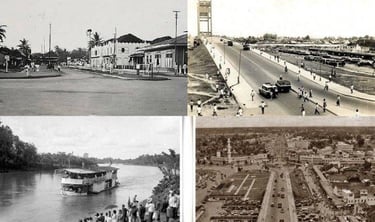
🏛️Capital City and Geographical Conditions
Capital City: Palembang. Palembang is one of the oldest cities in Indonesia, often dubbed "Venice of the East" due to its historical dependence on river transport.
Geographical Conditions: The province is generally low-lying and features two main geographical sections:
Eastern Lowlands: Vast swampy plains, rich in peat soil, which contribute to the province’s status as a major producer of oil, gas, and coal. These areas are traversed by many large rivers, including the Musi, Komering, and Ogan.
Western Highlands: Forms the eastern slope of the Bukit Barisan Mountains, which has fertile land used for coffee and rubber plantations.
📜History: The Zenith of the Srivijaya Empire
South Sumatra's history is dominated by the powerful Srivijaya.
Srivijaya Empire (7th–13th Century): Palembang was the capital of Srivijaya, a thalassocracy (maritime kingdom) that controlled the vital trade routes in the Malacca and Sunda straits. Srivijaya was a major center for Buddhist learning, attracting scholars from across Asia, including the famous Chinese monk I-Tsing.
Successor States and Islamic Influence: After the decline of Srivijaya, the area saw the rise of local kingdoms until the establishment of the Palembang Sultanate in the 17th century, which solidified the region's transition to Islam.
Colonial Era: The Dutch controlled the region primarily for its valuable resources (tin and later oil/gas).
👥Demographics and Customs
Population: The population of South Sumatra is approximately 8.8 million people.
Ethnic Groups: The indigenous groups are collectively known as the Palembang people or Melayu Palembang (Malay Palembang). Other major groups include the Ogan, Komering, and Lematang. Due to transmigration programs and economic opportunities, there are also very large communities of Javanese (descendants of transmigrants) and Batak.
Customs (Adat): Palembang culture is a blend of Malay tradition, Islamic law, and Hindu-Buddhist legacy from Srivijaya. Ceremonies are characterized by the use of rich gold-threaded textiles and formal Malay court protocol.
Language: Bahasa Indonesia is the official language. The local vernacular is Palembang Malay (Bahasa Palembang), which has distinct differences from other Malay dialects.
🎨Culture and Traditional Arts
South Sumatran arts are famous for their refinement and luxurious materials, often reflecting court culture.
Songket: The most celebrated cultural product. Palembang Songket is a meticulously hand-woven textile, intricately patterned with gold or silver threads, used for special occasions and symbolizing wealth and status.
Tari Tanggai: The traditional welcoming dance, performed by five women, where dancers wear elaborate songket and long, golden artificial nails (tanggai).
Rumah Limas: The traditional house of South Sumatra, known for its distinctive five-tiered roof structure that reflects the social hierarchy of the community.
🍲Distinctive Traditional Cuisine
Palembang cuisine is unique in Indonesia, known for its extensive use of freshwater fish and a distinct sweet-sour-spicy flavor profile, often incorporating vinegar (cuko).
Pempek: The most famous dish. These are savory fishcakes made from fish paste (ikan tenggiri or gabus) and tapioca flour. They come in various shapes (kapal selam, lenjer, adaan) and are traditionally served drenched in a dark, sweet, spicy, and vinegary sauce called cuko.
Tekwan: A light soup made with fish paste balls (smaller and softer than pempek) served with vermicelli noodles, mushrooms, and a clear, savory shrimp broth.
Mie Celor: Thick yellow noodles served in a rich, creamy, shrimp-based coconut milk broth, often topped with shrimp, hard-boiled eggs, and scallions.
Model: Very similar to Tekwan, but the fish paste is shaped into larger, solid pieces (often hollowed out and filled with ingredients like fermented soybeans or dried shrimp).
🗺️Famous Tourist Attractions
Palembang’s attractions are centered on its historical riverscape and Srivijaya heritage.
Ampera Bridge: The iconic symbol of Palembang, spanning the Musi River. It lights up beautifully at night and is the central feature of the cityscape.
Kemaro Island (Pulau Kemaro): Located in the middle of the Musi River, this small island features a famous Pagoda and a historical Chinese temple, symbolizing the early Chinese influence on the region.
Museum Sultan Mahmud Badaruddin II: Housed in a former Dutch colonial building, this museum displays relics from the Srivijaya Empire and the Palembang Sultanate.
Kuto Besak Fort: A historical fortress built by the Palembang Sultanate, significant for being one of the few native forts that successfully resisted European attacks.
Punti Kayu Forest Park: An urban recreational forest near Palembang, offering a natural escape and wildlife viewing.
✈️Transportation Infrastructure
South Sumatra is well-connected through air, river, and rail networks, the latter being essential for resource transport.
Airport (Bandar Udara):
Sultan Mahmud Badaruddin II International Airport (PLM): Located in Palembang, this is a major airport serving both domestic and international flights, linking the province to major Indonesian cities and nearby international hubs.
Railroad (Stasiun Kereta Api):
The province has an operational railway network, primarily focused on transporting coal and agricultural commodities from the interior to the port. Kertapati Station in Palembang serves as the main passenger station, connecting Palembang to cities in Lampung and Bengkulu.
Port (Pelabuhan):
Tanjung Api-Api Port: The main seaport handling container and general cargo. The Musi River itself remains a crucial historical and contemporary water highway for transportation and commerce within the province.
South Sumatra, with Palembang as its eternal centerpiece, is a majestic gateway to Indonesia's past. It is a land built on the legacy of the Srivijaya Empire, a golden era that still shines through the intricate gold threads of the Songket and the distinctive savory kick of Pempek. More than just an economic powerhouse, this province invites you to travel back in time along the timeless currents of the Musi River, experiencing the enduring elegance of the Malay courts and the resilience of a history stretching back over a millennium.
🌉 South Sumatra Province : The Legacy of Srivijaya
South Sumatra, located in the southern part of Sumatra Island, is one of Indonesia's most historically significant provinces. It is globally famous as the heartland of the ancient Srivijaya Maritime Empire and is defined by the mighty Musi River, which flows through its capital, Palembang.
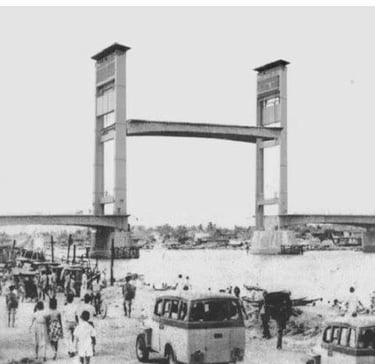


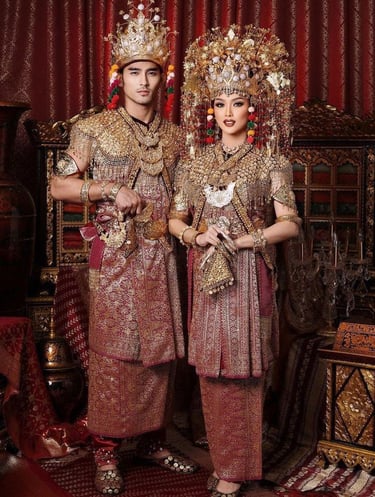
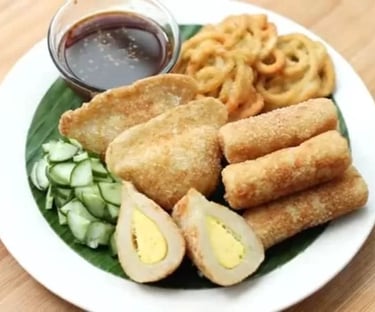

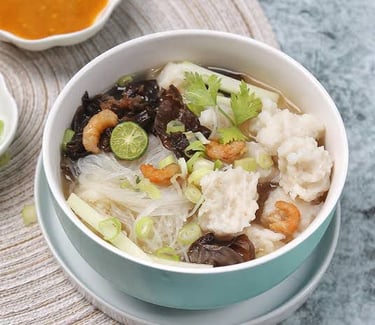

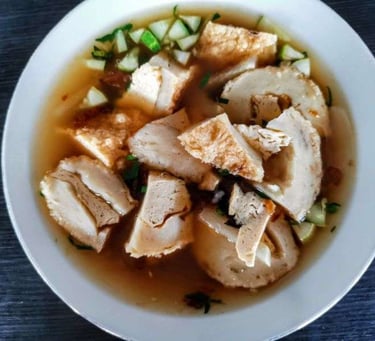

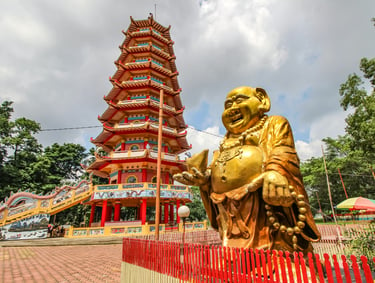


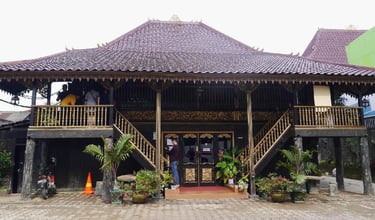
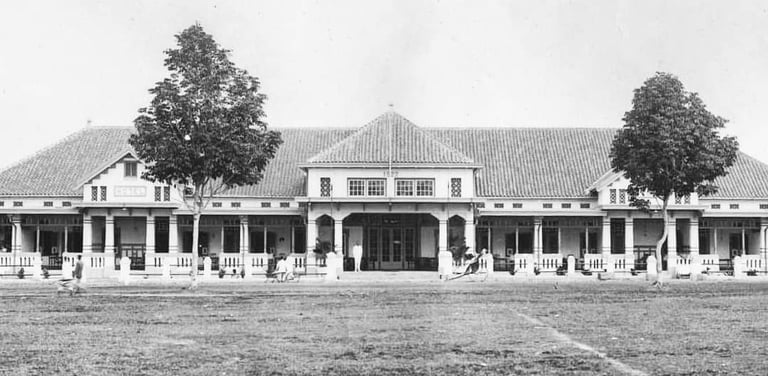

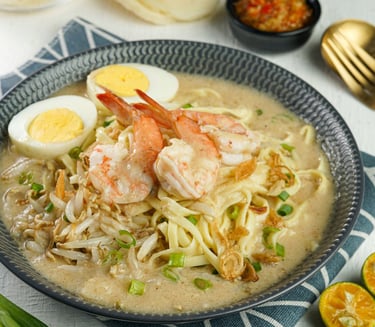

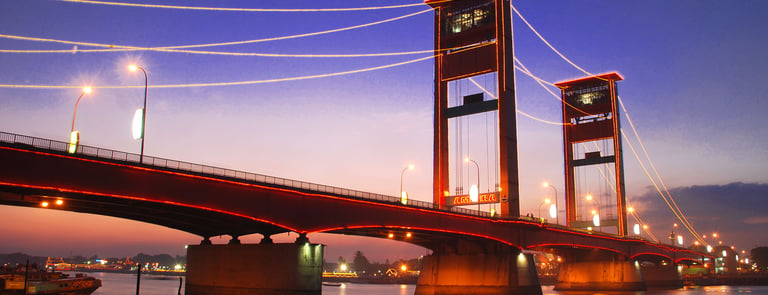

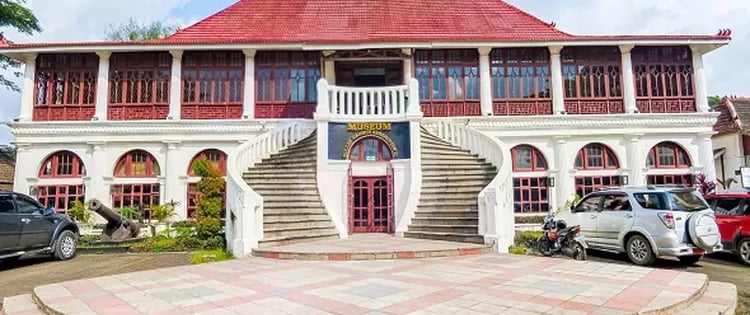

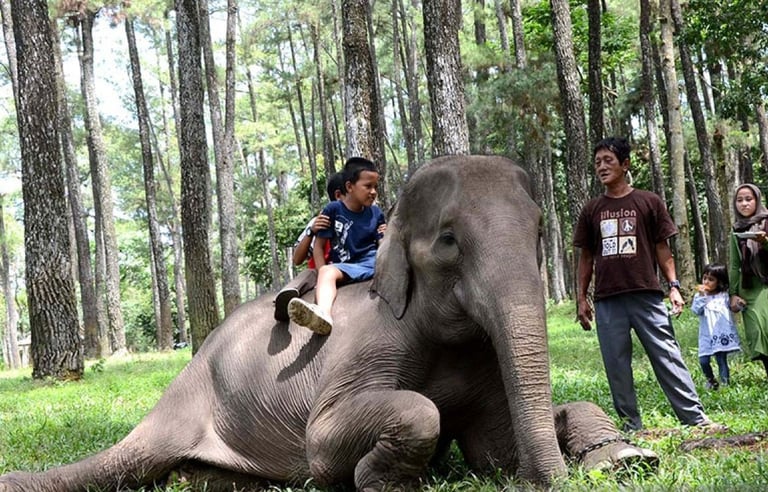

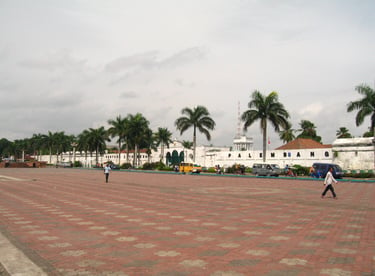

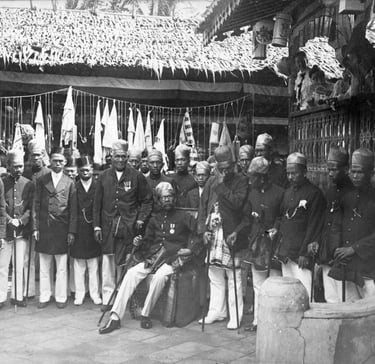

Follow us to explore Indonesia with expert travel guidance
©PT.Sinar Pesona Travelindo 2025. All rights reserved.
